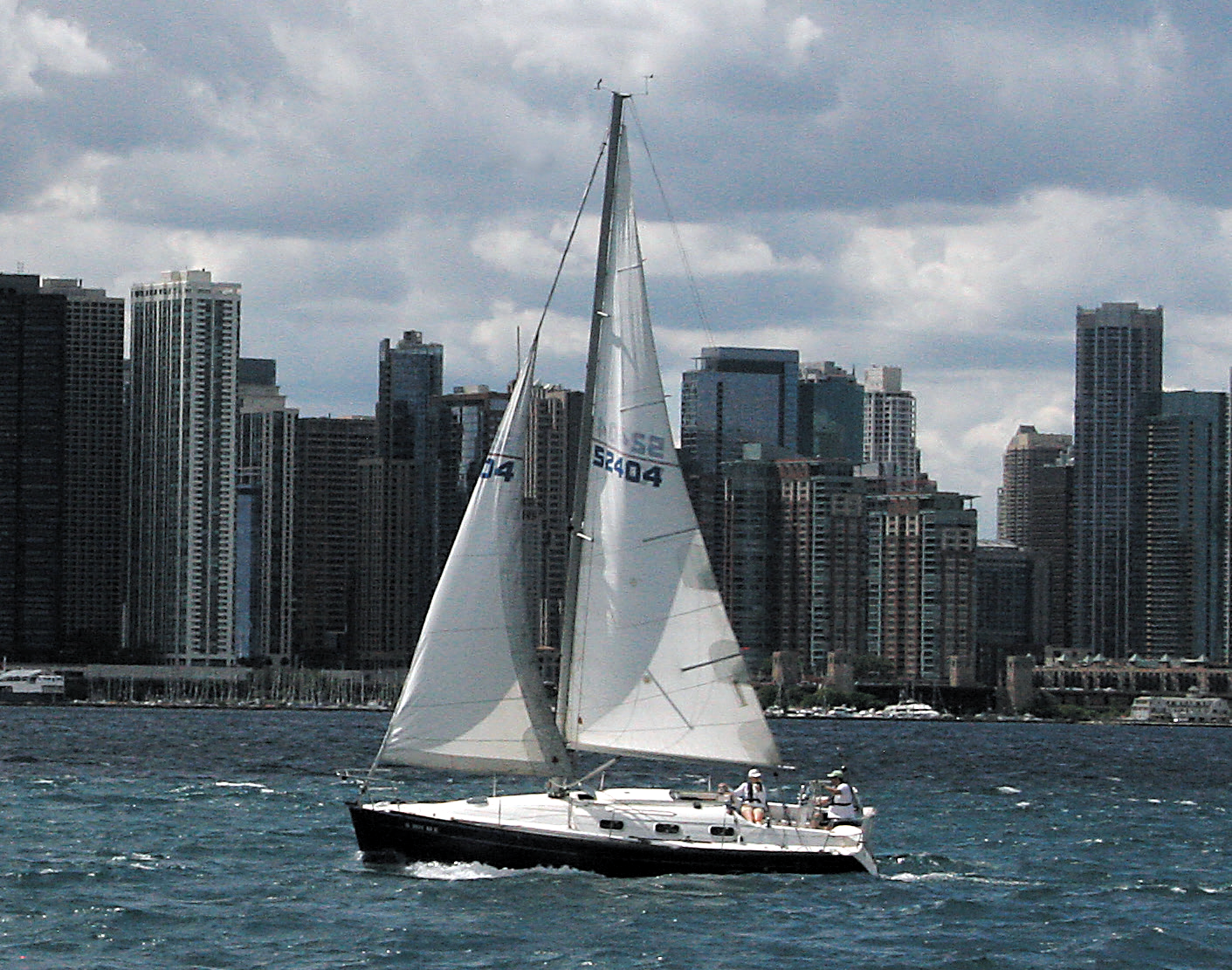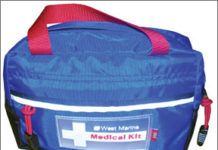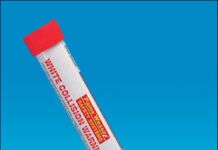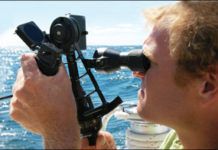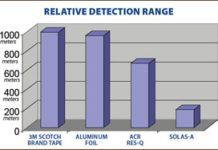Medical Kits for Onboard First-Aid
One of the most important pieces of gear on any boat is a first-aid kit. For evaluation purposes, weve divided pre-packaged medical kits into four categories, based on voyaging needs and price. Our first group, first-aid kits for less than $100, is designed for boats operating on waterways where professional medical help is available within hours. These are basic medical kits for small sailboats designed to help users deal with minor cuts and severe lacerations, abrasions, bruises and sprains. Sunburn, seasickness, head trauma, fractures, hypothermia, and burns are also medical issues daysailors need to be ready to cope with. Kits should include supplies such as band-aids, Ace bandages, gauze, aspirin, and tweezers. We reviewed four kits in this group, rating them on their contents, their storage container, organization, and price. The kits were the Adventure Medical 250, Ocean Medical Crew/Day kit, Fieldtex Day Pak, and West Marine 300. Our top pick contained all but one of the items on our list of basic requirements and came in a durable, shock-resistant case. It is also extremely well organized, making it easier to use in an emergency.
Deep Dirt: Whats the Best Inflatable Boat Cleaners For Stubborn Stains on a Dinghy?
The shelves these days are packed with an endless array of boat cleaners. A mild soap and elbow grease is often all that is needed. But when you are dealing with extensive coats of mold, mildew and dirt, deep cleaners are the ticket. Practical Sailor divided a neglected, filthy Avon Rover R250 into even sections and tested 11 inflatable boat cleaners. Three products scored an excellent rating. Products tested include the best products from Star Brite, MaryKate, Nautical Ease, Marine Development and Research Corp, Amazons, Seapower, Pennel & Flipo, Revival Ecological Paste, and Spray Nine.
Making the Old Dink New Again: Practical Sailor Turns an Old Fiberglass Dinghy into...
One mans dream to improve stability on his familys old Dyer knock-off becomes a quest to see if it is possible, and cost effective, to turn the old dink into a rigid inflatable using a inflatable tube kit from Walker Bay. As it turns out, it wasnt such a crazy idea after all. The family dinghy, an 8-foot Dyer knock-off acquired in the late 1980s, was the perfect tender. But two kids and a dog later, and the family dink no longer fit the family-particularly with the added weight of a four-stroke, 3.5-horsepower outboard clamped on the stern. Our tester was accustomed to the benefits of a hard dinghy-durability, the ability to sail it, superior rowing-but lusted after the increased stability and carrying capacity of an inflatable. A rigid-hull inflatable seemed to offer the best of both worlds, but the prices were out of this world. Besides, the old dinghy was still in great shape, so dropping the cash for an expensive new dinghy was unjustified. (Whats a tightwad sailor to do?) And thats how the idea for a DIY hybrid dinghy was born: We would make the old dink new with the addition of the inflatable tube from a Walker Bay RID (Ridged Inflatable Dinghy).
ISAF Bans White Handheld Flares
White hand flares have been used for signaling since the time of Nelson and Trafalgar. They were used in Civil War times, most famously aboard the ironclad Union ship USS Monitor as it was sinking in a gale off Cape Hatteras. Currently, hand flares are used by unruly fans as riot inciters in European football and basketball. Classified as hazardous materials, the active ingredients of white hand flares are black powder and magnesium. White hand flares emit NOx, a toxic byproduct. For obvious reasons, instructions are to hold the hand flare downwind. Burning magnesium on flesh, smoke inhalation, or having molten residue blowing down a companionway hatch can lead to dire consequences. In April 2006, a sailing instructor was severely injured while giving a demonstration of a white hand flare. This resulted in a total recall of white hand flares by their manufacturer, Pains Wessex.
Finding Your Way: Testers Look at Three Types of Hand-Bearing Compasses
In the age of GPS and digital charting, skilled navigators know that visual bearing-taking and careful chartplotting remain a valuable part of any navigation plan. And handy, compact magnetic compasses with built-in sighting mechanisms allow users to accurately fix their position on nautical charts. Practical Sailor testers found, after reviewing 10 handheld compasses, that one size does not fit all, and the nuance in how these units are held, handled, and used is the most important factor in choosing which unit is right for you. PS compared accuracy, price, warranty, and weight, and found the KVH DataScope monocular superior to the other units-but also more expensive. The hockey-puck models by Vion and Weems & Plath scored high marks, as did the vertical-grip compass by Plastimo, the Plastimo Iris 100. Other compasses tested include the Plastimo Iris 50, Ritchie Navigation Sportabout, Vion Axium 2, Brunton Nexus Universal, and the Davis vertical-handle compass.
Navigating NavPak Pro Software Not Exactly Smooth Sailing
NavPak is a no-nonsense product that does not place much computational demand on a computer. While it is awkward to use and lags behind other programs in some areas—particularly in user interface for the first-time digital navigator—NavPak has some features that a full-time navigator can better appreciate. Along with basic functions like route planning and chartplotting, testers particularly liked the vector overlays for drawing, plotting, and adding text. Also, it works with numerous chart formats.
Have GPS, Digital Charts, and Radar Replaced the True Art of Navigation?
Practical Sailor looks at how skippers navigate today, using GPS (global positioning systems), chartplotters, digital chart, and radar, and how these tools have revolutionized marine navigation. This revolution has resulted in convenience, but has it allowed us to dismiss the basic skills every mariner should have? GPS was intended to be used as an aid to navigation, not as a sole source. Sadly, many recreational, bluewater, and commercial boaters traverse the open ocean without a manual backup to go to in the event the GPS satellite feed is lost or the batteries die on an important piece of electronic navigation equipment. This special report considers the pros and cons of interfacing electronic equipment and the dangers of the hybrid navigation/entertainment networks. We examine navigation gear priorities for a variety of boaters. Who can get by with only paper charts? Who should carry a chartplotter? A GPS, sextant, radar, Sat-comm, Loran? And who should have it all?
Dinghy Review: Walker Bay Genesis 270 FTD
This Walker Bay RIB is a well-executed, but heavy, plastic inflatable dinghy. Its thermo-molded hull resists impact, wont chip like gelcoat, and is easy to clean, but it is not as simple to paint or modifiy as a laminated hull. Although the hull material itself is not particularly rigid, the design is surprisingly resistant to flex. The features in the deluxe boat are nice for a shore-based utility boat, but the lighter version, which we plan to include in our future test, may be better suited for a deck- or davit-stowed tender.
Marine Myth Buster: Can sun-reflective tapes also reflect ships radar?
Three common adhesive, light-reflective materials were examined: 3M Scotchlite SOLAS-A reflective tape, ACRs Res-Q reflective patches, and 3Ms Scotch-brand reflective adhesive tape. Kitchen aluminum foil was also tested. But being a good reflector of light does not necessarily mean that a material is a good reflector of radar. What makes a good reflector of radar? First, the object must be made of something that is a good conductor of electricity, aluminum for example. Second, the object should be flat. Curved surfaces such as spheres do not reflect radar nearly as well as fl at plates. Third, the surface must be smooth. Surface ripples as small as 1 millimeter can reduce radar reflectivity by as much as 50 percent. And, the dimensions of the object must be at least as long as the radar wavelength. (The wavelength of X-band marine radar is about 1 inches.) It is likely that any light-reflective tape that is relatively stiff, looks metallic, and has no visibly noticeable pattern would be a good choice, but that cannot be guaranteed.
A Sampling of Free and Nearly Free Navigation Software for Sailors
Practical Sailor testers surveyed the range of navigation software offerings under $90. Note that none of these programs can use free NOAA vector charts. However, several can use the downloaded NOAA raster charts. The four we tested were Mariner 3.0 www.navgator.com , OziExplorer (http://www.oziexplorer.com/), SeaClear II (http://www.sping.com/seaclear/), and Software-On-Board SOBvMAX; (www.digiboat.com.au). Although some of these programs are feature rich, they wont satisfy a yearning for 3D viewing, radar overlays, or photo support, which are available only in the more expensive software.




































